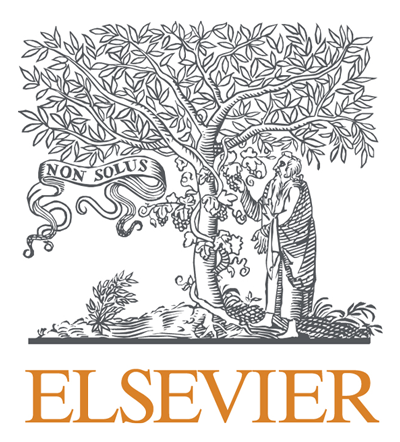Community-based Geospatial Research to Understand Rocky Mountain Spotted Fever Dynamics in Native American Communities
Topics:
Keywords: Tick-borne disease; Community-based research; Big data; Geospatial modeling
Abstract Type: Paper Abstract
Authors:
Yan Lin, University of New Mexico, Department of Geography & Environmental Studies
Maria Lane, University of New Mexico, Department of Geography & Environmental Studies
Xi Gong, University of New Mexico, Department of Geography & Environmental Studies
Murphy John, University of New Mexico
Johnnye Lewis, University of New Mexico, College of Pharmacy
,
,
,
,
,
Abstract
Rocky Mountain Spotted Fever (RMSF) is a severe and potentially fatal tick-borne disease and has increased its prevalence in the US since 2000. New tick species are found associated with new cases in previously undocumented locations, such as the first case seen RMSF in 2003. Native American Communities experience a higher incidence rate that far exceeds that of other non-indigenous populations in the southwest US. Since the COVID-19 pandemic, the RMSF burden in Native American Communities has been exacerbated due to the lack of resources for RMSF prevention and control and reduced access to veterinary health care. Further compounding the problem is dog overpopulation common through Native American communities since dogs are a common host of brown dog ticks that transmit RMSF. While the general geographic range of RMSF is well documented, our capacity to predict transmission and guide interventions that reduce transmission is diminished due to limited research addressing dog activities, their association with human behaviors, and their impact on RMSF transmission in Tribal communities. This community-based project, in partnership with Native American Communities and academic parterres, develops new data and geospatial models that account for individual-level host movement to better predict the RMSF surge in tribal communities in the southwest US and refine our knowledge of the environment-tick-host-human connections more broadly.
Community-based Geospatial Research to Understand Rocky Mountain Spotted Fever Dynamics in Native American Communities
Category
Paper Abstract








